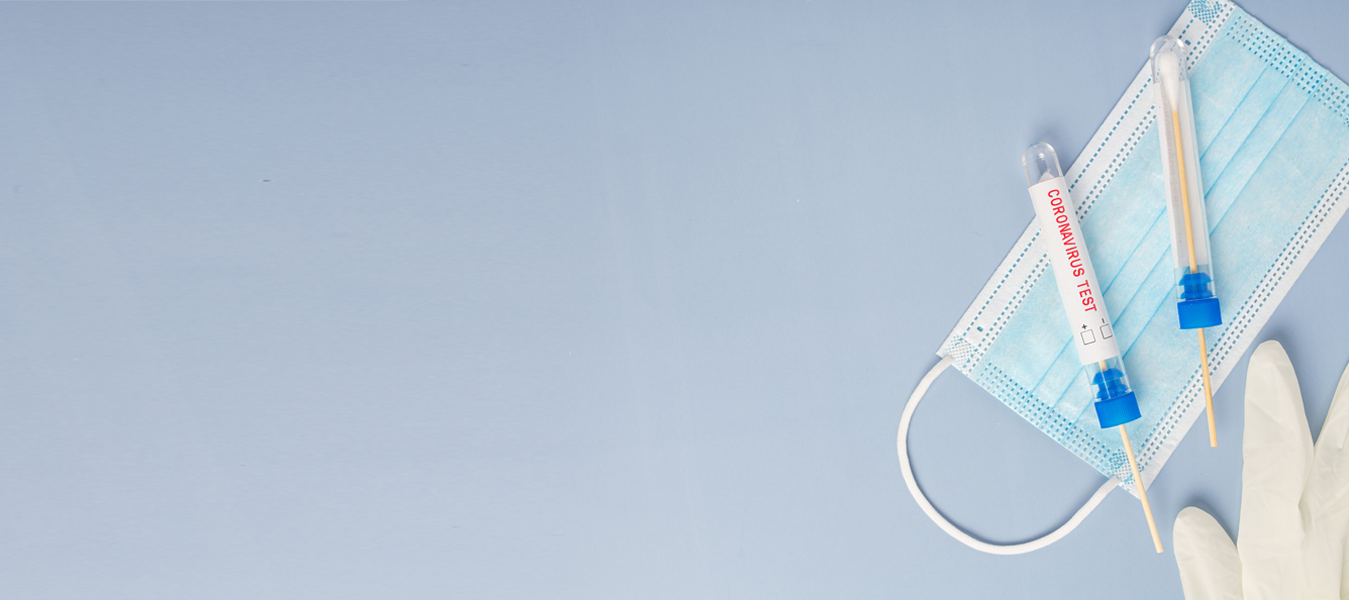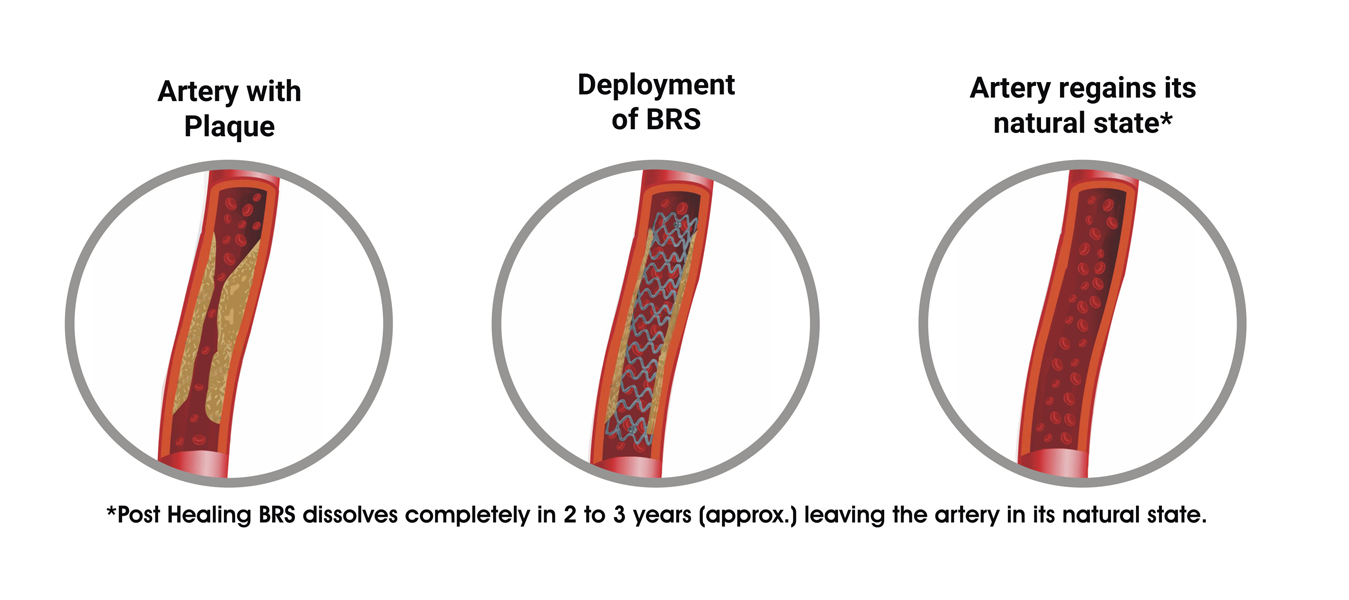Delivering Advanced Healthcare Solutions Through Research And Innovation To Improve The Quality Of Human Life
Medical Devices
Antigen vs RT PCR: Difference between RT PCR & Antigen Test
September 15, 2022

Antigen vs RT PCR test: The RT-PCR detects genetic material while the antigen test verifies the proteins on the virus's surface. Know more about the differences online at Meril Life.
Medical Devices
The Advantages of Bioresorbable Vascular Scaffolds explained!
September 07, 2022

Understand the advantages of bioresorbable vascular scaffold! Read the blog to learn in detail what a bioresorbable vascular scaffold is and its advantages in treating coronary artery disease.
Medical Devices
Soft Tissue Injuries: Find the Types & Treatment Online
August 29, 2022

What are soft tissue injuries? Find the types of soft tissue injuries along with the available treatment options & tips to prevent the injuries in detail online at Meril Life.





